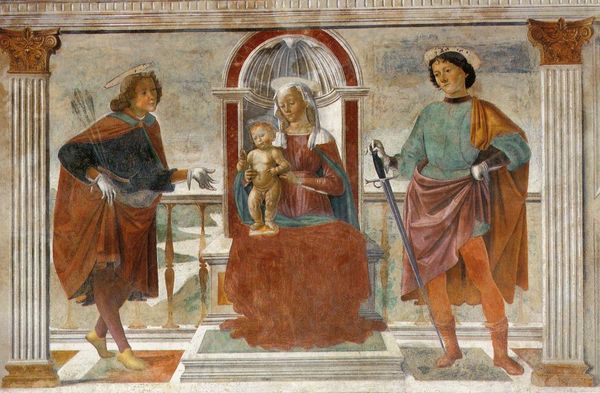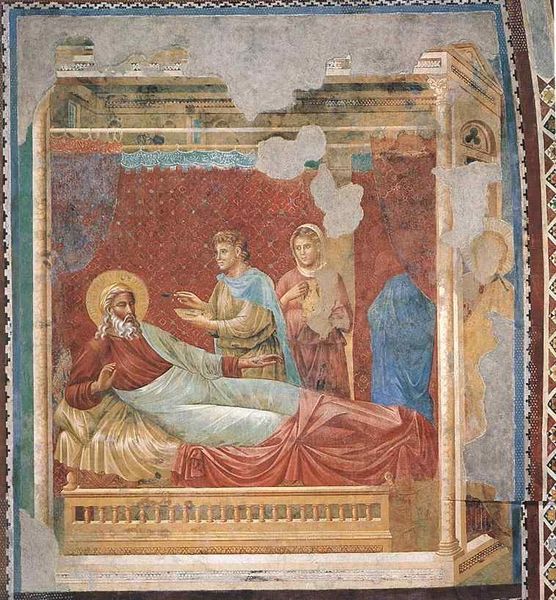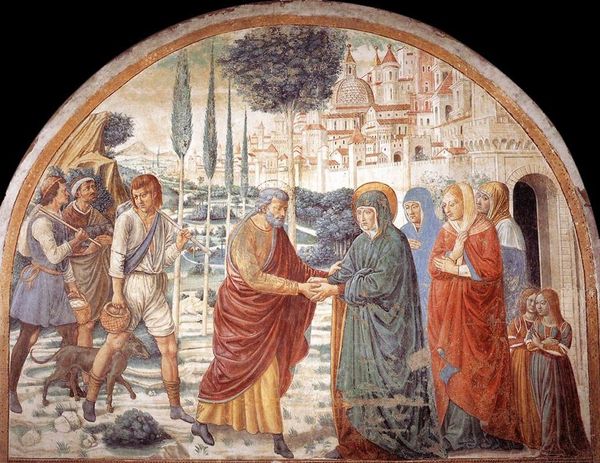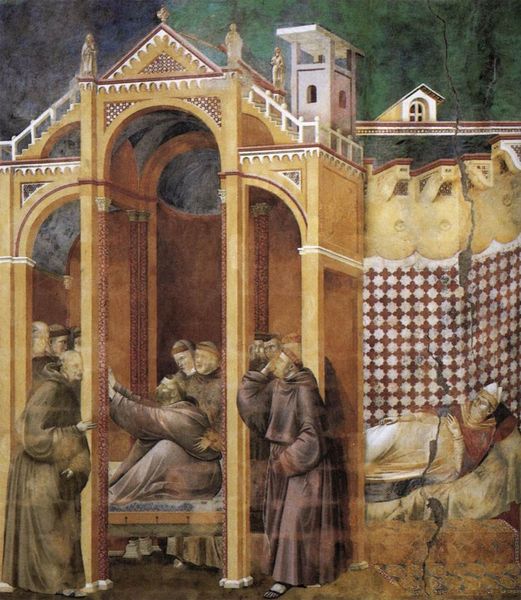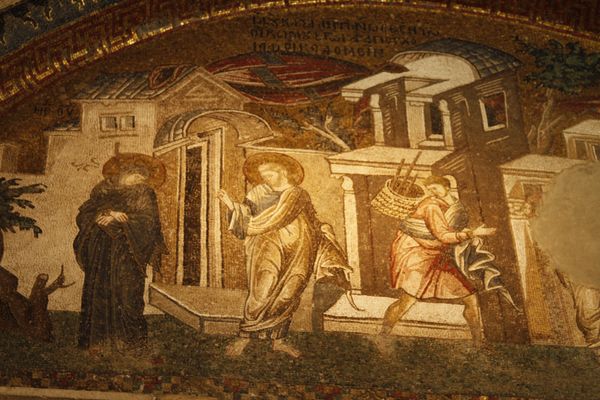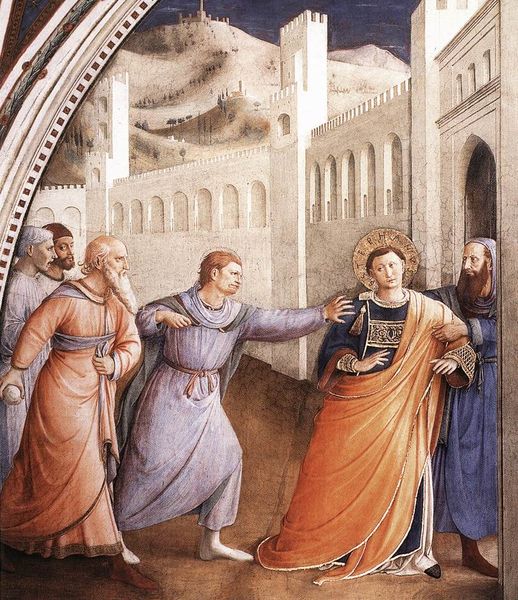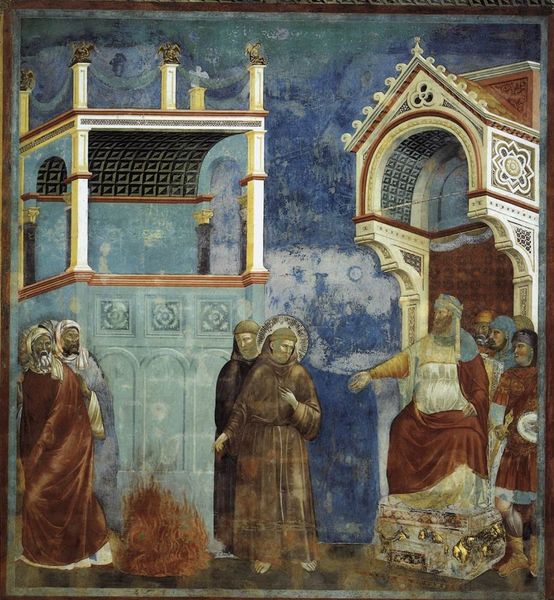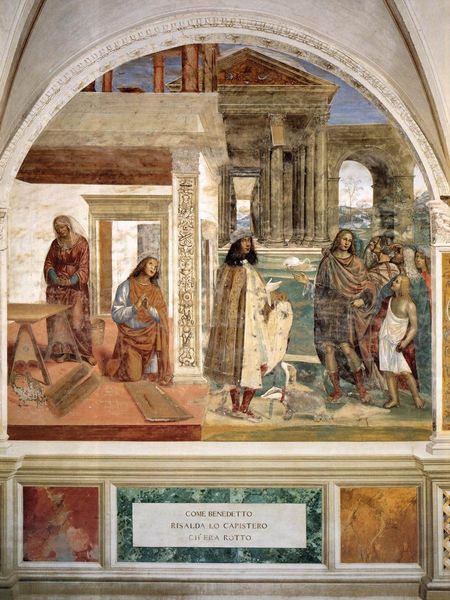Justinian Presenting the Pandects to Trebonianus (Stanza della Segnatura) 1511
🔒Audio guide available with collection purchase
painting, fresco
#
portrait
#
high-renaissance
#
allegory
#
narrative-art
#
painting
#
fresco
#
oil painting
#
classicism
#
history-painting
#
academic-art
#
italian-renaissance
Copyright: Public domain
Comments
No comments
Be the first to comment and join the conversation on the ultimate creative platform.


